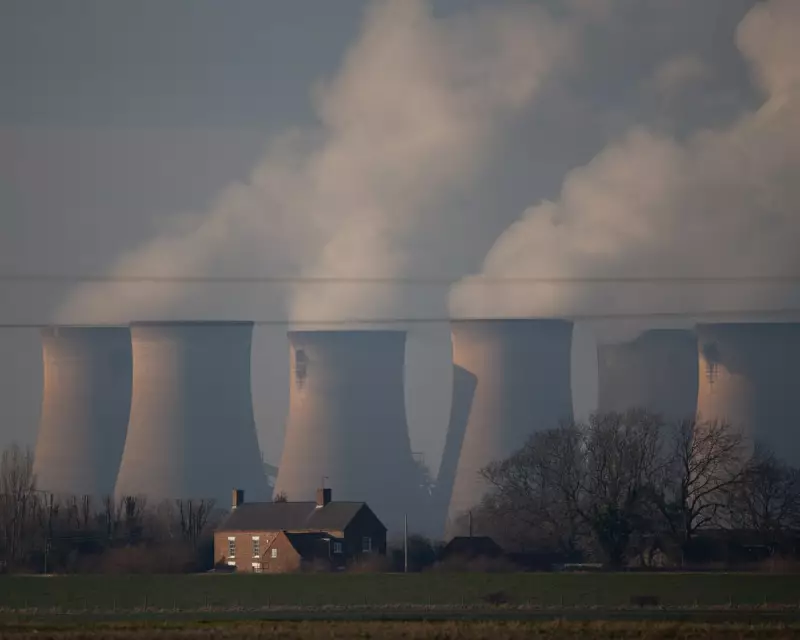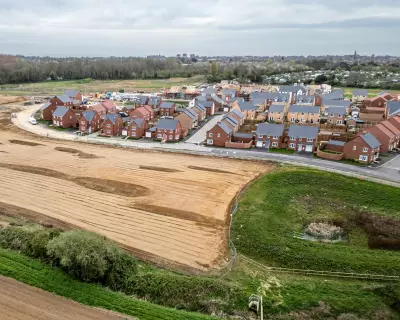
The Drax power station continues to generate over £1 million daily through government subsidies for burning wood pellets, despite mounting criticism from environmental experts and campaigners.
The Billion-Pound Biomass Operation
Located in North Yorkshire, Drax has transformed from a coal-fired plant to becoming the UK's largest single-source emitter of carbon dioxide while simultaneously receiving substantial green energy payments. The facility burns approximately 7 million tonnes of imported wood pellets annually, primarily sourced from North American forests.
Subsidy System Under Fire
Critics argue the subsidy scheme creates perverse incentives, with the plant earning more from government support than from actually selling electricity. The current system guarantees Drax receives payments for the power it generates, creating a revenue stream that shows little sign of diminishing despite environmental concerns.
Environmental Impact Questions
Scientific research increasingly challenges the carbon-neutral classification of biomass energy. Studies indicate that burning wood pellets can release more carbon dioxide than coal over relevant timeframes, while the supply chain involving deforestation and long-distance transportation adds significant environmental costs.
Political and Economic Dimensions
The situation highlights the complex interplay between energy security, climate targets, and economic interests. With the current subsidy arrangement extending until 2027, and potential extensions being discussed, the debate over Drax's environmental credentials and financial benefits continues to intensify among policymakers and environmental groups alike.





